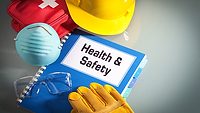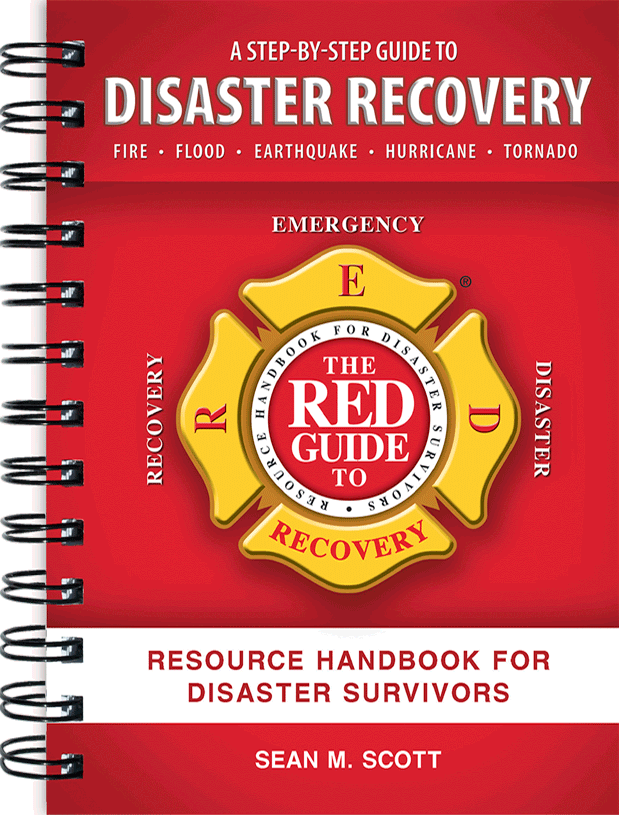Building a Safer Workplace: The Importance of a Written HAZCOM Program
Understanding the 'Right to Know' Law and Ensuring Chemical Safety in the Workplace

Image credit: cnythzl / DigitalVision Vectors via Getty Images
In my previous article I talked about performing hazard assessments and site safety surveys. This edition, I would like to discuss the necessity of having a good written hazard communication program, also known as a HAZCOM. Your hazard communication program must be in writing. It shall be easy to access and reference. It is widely known as the employee’s “Right to Know” law. Its requirements are found in 29CFR1910.1200 in America and in Canada is known as the Workplace Hazardous Material Information System or WHMIS.
Your written HAZCOM is meant to address all the hazards and precautions required for the hazardous chemicals found in your workplace or worksite. This should also point to the fact that your written HAZCOM should be ancillary to, or maybe even part of your certified worksite hazard assessments.
The first step in developing or updating your written HAZCOM is to perform a chemical inventory of the workplace. Believe me, you may be surprised at the inventory you can accumulate over the year. Yes, this update should be done at least annually, but in reality, your HAZCOM should be updated every time a new hazardous chemical is brought into your worksite, or it is addressed in your hazard assessment. This is why I say the written HAZCOM and the hazard assessment are ancillary to each other.
Once you have developed this list of hazardous chemicals in your inventory, you must ensure that:
- The product is properly labelled and the label is legible and
- That you have a current Safety Data Sheet (SDS) for each chemical or product.
In most of the world, product labelling and the format of an SDS follow the United Nations Global Harmonized System, also known as the GHS. If a product containing hazardous chemicals is received at a workplace directly from a manufacturer, supplier or distributor, it shall have a GHS label affixed to the container. If the product has been decanted or diluted from a larger container into a smaller container, then the secondary container must have a workplace label affixed to it. This is often the case when franchisees purchase large containers of chemicals( i.e-55 gallon barrel then divided up into gallon jugs) from the franchisor. There are requirements for both the “supplier label” and the “workplace label”. Only the supplier label is governed by the GHS. A supplier label has 6 required elements:
- Product Identifier (what it is, aliases, product’s name)
- Signal Word (there are only two choices DANGER or WARNING)
- Hazard Statements (standardized from a list made by the UN committee)
- Pictograms (9 pictograms under the GHS, Canada has added a 10th one)
- Precautionary Statements (information on prevention, response, storage and disposal)
- Manufacturer’s Information (name, address, and phone number-in case of emergency)
The law states that for companies who handle hazardous chemicals, must provide education and training to their workers on how to use these chemicals and products safely, and how to read and understand product labels and safety data sheets (SDS).
This is how I teach my employees how to read a label. The driving force is the signal word. If the signal word on the label is DANGER, then the worker should stop everything and ensure they know why it is dangerous. The signal word DANGER generally indicates there are liable acute effects from this product if not handled properly. Acute effects are referred to as effects on the body or one’s health that are severe and immediate. The signal word WARNING indicates there are less severe hazards present when dealing with the product, obviously these are to be taken into account, and the item is to be handled safely.
Next, I like to look at the pictogram affixed to the label. These pictograms are inverted red squares (read- red diamonds) with a drawing inside of them. There are nine pictograms under the GHS (see table 1) At the same time as I interpret the pictogram, I read the hazard statements on the label. The hazard statements are usually in close proximity to the signal word. The label is telling me what the hazards of the chemical or product is, and the degree or severity of the hazard.
The nine pictograms are:
- Flammables
- Oxidizers
- Corrosives
- Health Effects
- Irritants
- Toxic
- Compressed gas
- Explosive
- Environmental
- Infectious materials (Canada Only)
Our industry does not have many flammables or explosives, so training on them is not generally extensive and often not part of your written HAZCOM unless these chemicals are present. Compressed gasses are your gas tanks and fire extinguishers so we usually have to provide some training on any items with these pictograms on them in our program. Environmental symbol does not have to be covered under HAZCOM but it may have implications in other areas of your health and safety program and standard operating procedures. Health effects, toxic chemicals and irritants are the core of the written HAZCOM as this is where you need to train your employees how to stay safe and healthy when dealing with these chemicals. This can be accomplished by discussing the chemical’s:
- Mutagenicity (changes your DNA and that of your offspring)
- Teratogenicity (how it affects embryos, sperm count and birth defects)
- Carcinogenicity (does it cause cancer in humans?)
- Latent Effects (can it lie dormant in your body, and you show sickness later)
- Systemic Effects (does it target certain part or your body?)
- Is it a Sensitizer? (body develop allergic reactions due to repeated exposure?)
The two symbols I am always watching for are the corrosives and the oxidizers. These chemicals tend to be very reactive when mixed with other chemicals and can also cause serious physical effects on the workers in the workplace. Your corrosives tend to be your strong acids and strong alkalis. They can cause serious damage to the skin, your eyes, and your equipment. The oxidizers found in a restoration company are your ozone machines, hydroxyl machines, many deodorizers, disinfectants and mould stain removers, to name a few products that should be covered in your HAZCOM or WHMIS program. Yes, this is where safe work practices for these items start, with training in your HAZCOM.
Ironically when looking at section 10 of your SDS- reactivities and incompatibilities of chemicals typically revolve around??? Yes, Oxidizers and strong Acids/Alkalis!!
But I have run out of space. To be continued next edition.Looking for a reprint of this article?
From high-res PDFs to custom plaques, order your copy today!








